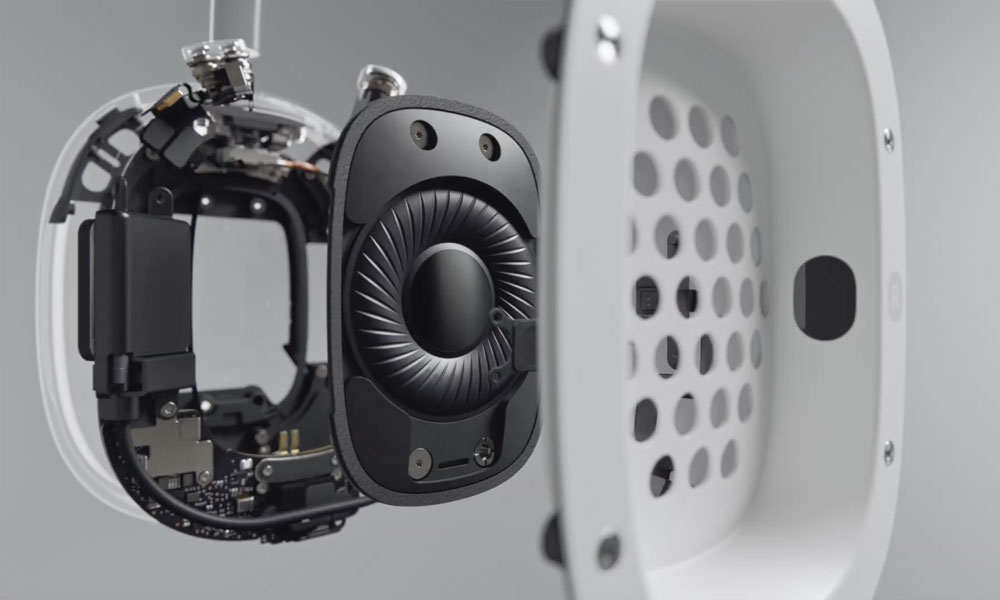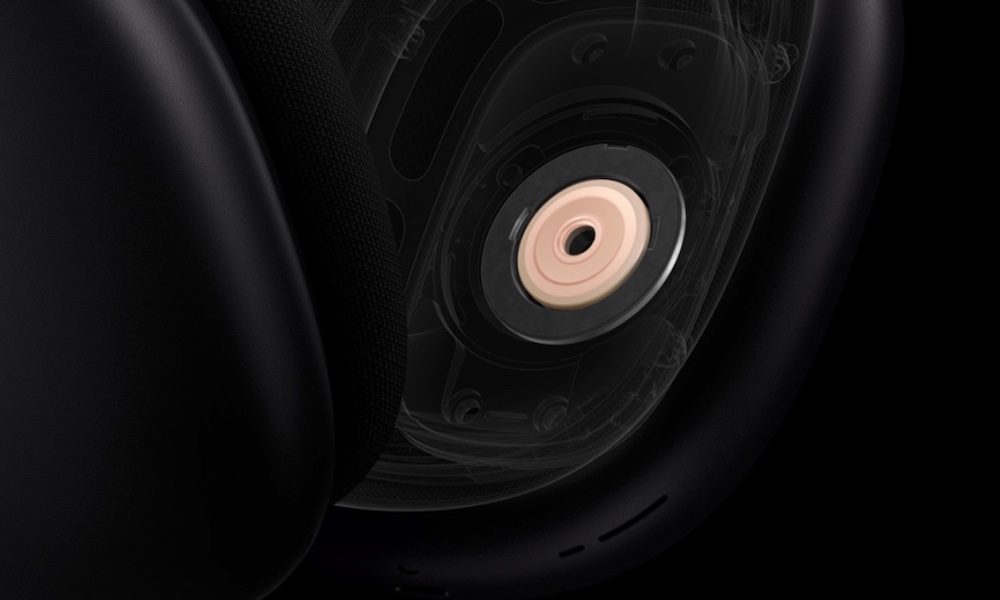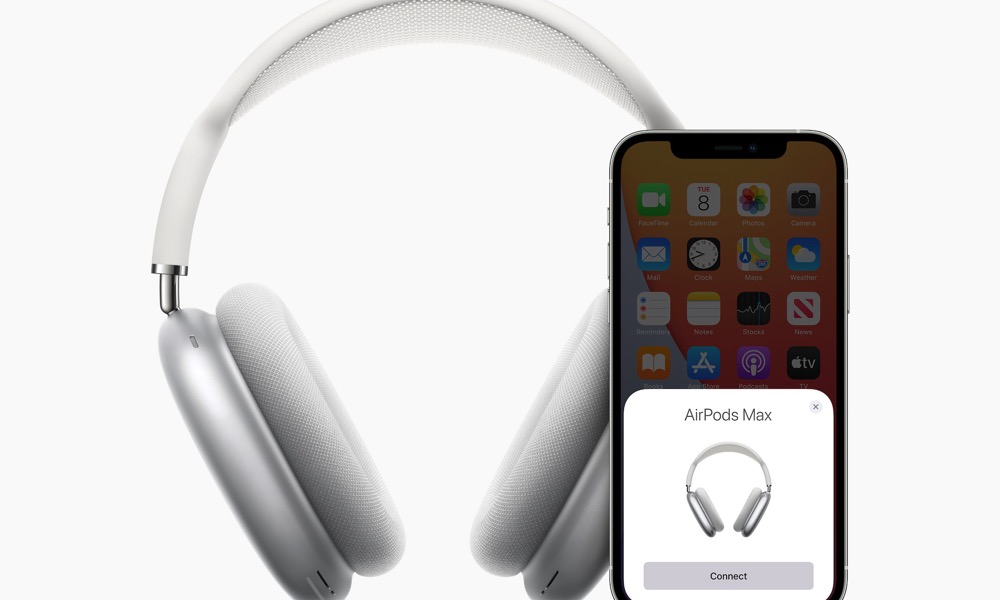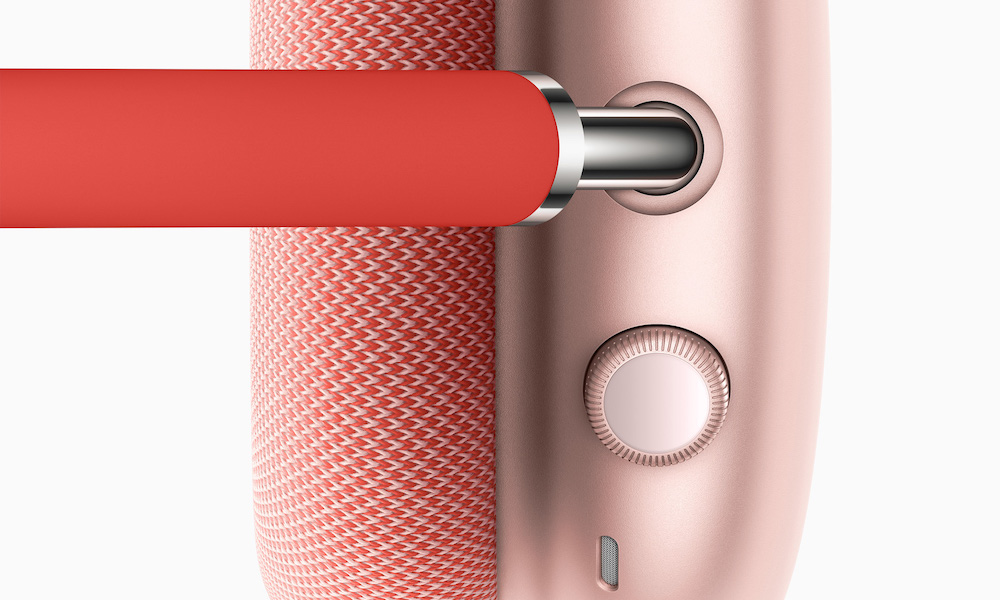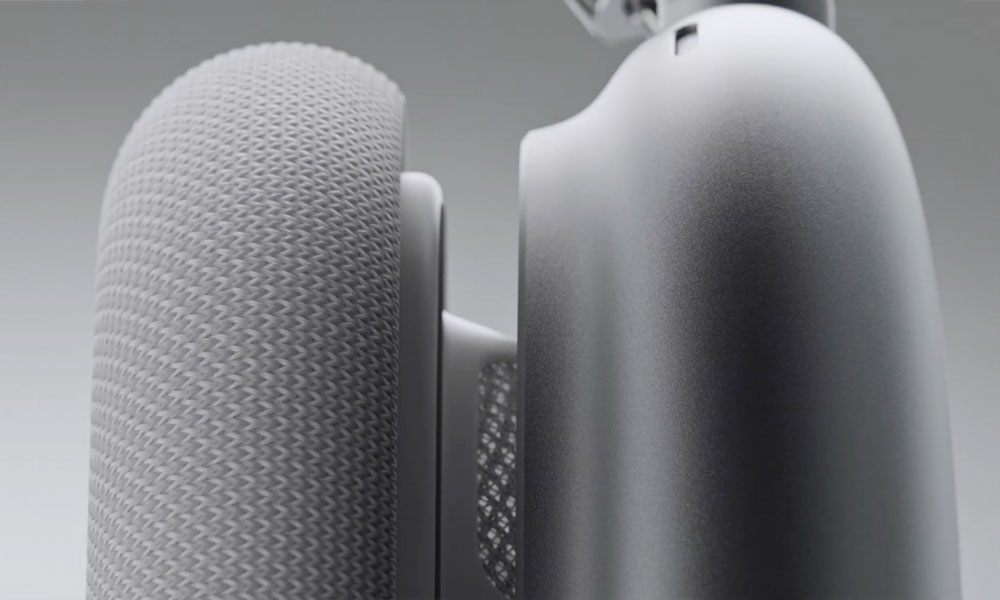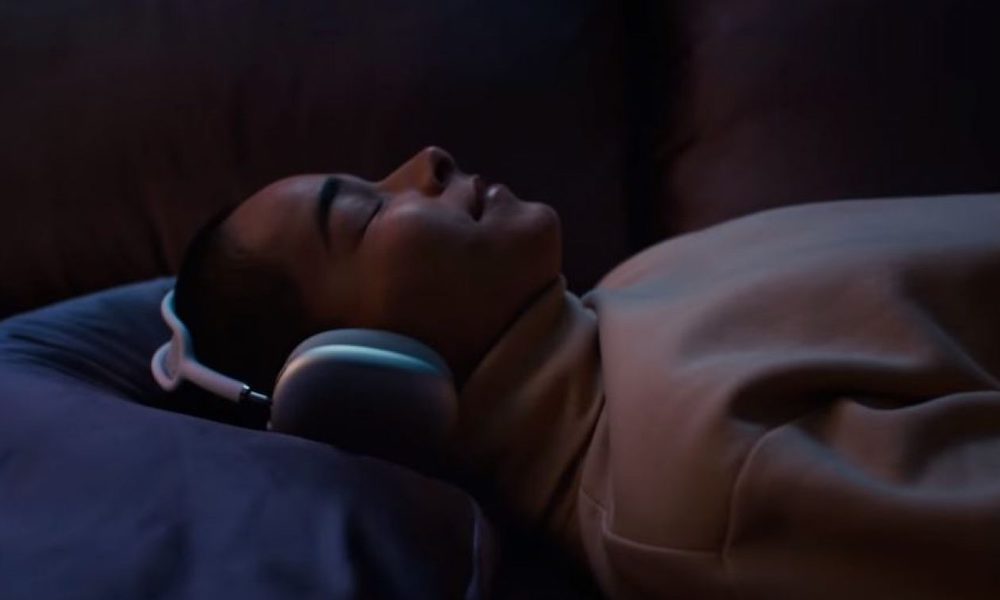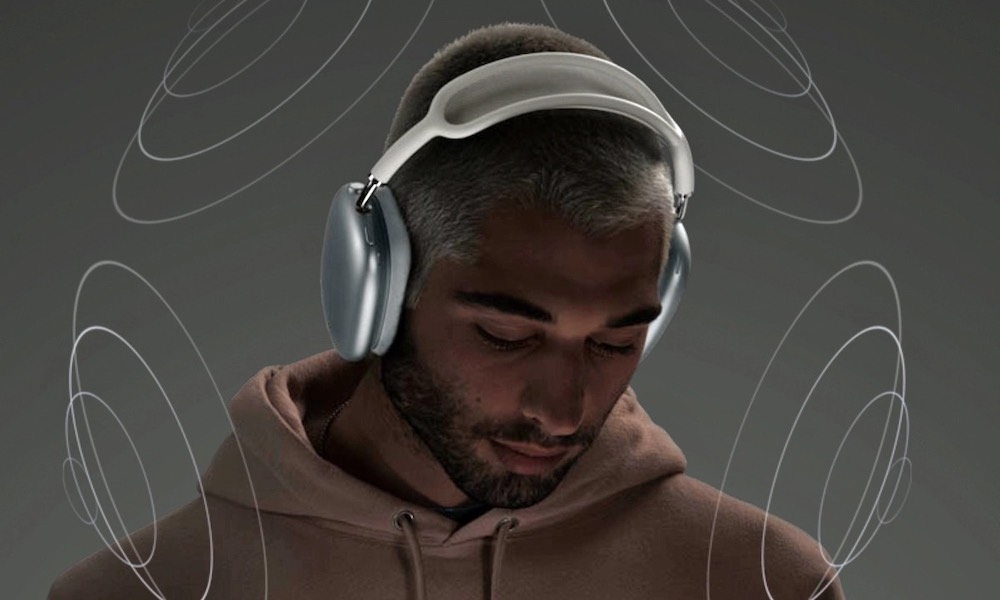Explaining All of the Tech Found in Apple’s New AirPods Max
 Apple
Apple
There are new AirPods in town and a new choice for those who want to sport the latest in Apple fashion and technology. The AirPods Max are up for preorder, offering a different over-ear style and are packed with features. But those taking a look at these pricey headphones may not learn much from phrases like “acoustically engineered” and “dynamic driver.” What’s really new technology, and what’s marketing talk? Continue reading to go over all the tech that comes with the AirPods Max, and what it means for your listening experience.
40mm Dynamic Drivers
The drivers are what allow headphones to function. They are hardware devices (not to be confused with software drivers that you’d find on Windows, for example) designed to translate electrical signals into vibrations that our ears can hear. Speakers, in other words. When a driver is “dynamic” that just means that it moves and is actually the most common manufacturing choice.
The 40-millimeter part describes the size of those drivers: Generally, the larger the drivers, the more powerful and clear the sound, which is why Apple mentioned it. 40mm is a good size for headphones – you can find professional and gaming headsets with bigger drivers, but this is certainly on the larger end and promises good things about audio performance and spatial features.
Dual Neodymium Ring Magnet Motor
Apple is essentially describing the mechanism by which the AirPods Max drivers operate. Drivers need magnets to create the electromagnetic field that can turn signals to sound, and then movement to actually pulse the driver to create vibrations (that’s the motor part).
These magnets need to be permanent to function in headphones, so natural magnetic materials are necessary. Neodymium simply describes the magnetic material Apple is using – it’s the most common choice for headsets like this, something you’ll see frequently listed in specs.
What makes these drivers interesting is that Apple claims this particular neodymium setup is unique and very, very efficient. Even at the highest volume, the company reports that the driver array has a total harmonic distortion of less than 1 percent. That should mean that audio stays very clear and distinct, although this is a difficult aspect to compare across headsets without a lot of in-depth experimentation.
H1 Chip
This is the processor that Apple is using to manage all the tech inside the AirPods Max. There’s an H1 chip in each ear cup with 10 audio cores to independently control features on either side. This isn’t particularly noteworthy, and is not a significant change. AirPods have been using the H1 chip since the second generation to manage Bluetooth connections, device situation, noise cancellation, and lots more. They work.
Digital Crown
The Digital Crown is a phrase and feature adopted from the Apple
Watch. It can be twisted like a dial and touched to control volume, play and
pause, skip tracks, answer phone calls, and activate Siri. It’s a more elegant
approach than the AirPods Pro, which relied on programmable taps to do these
things, and should give users greater control…once they get used to it.
Acoustically Engineered Memory Foam
Not all memory foam is created equal: It can have a variety of densities, flexibility, air pocket ratios, and more. When memory foam is labeled acoustic, that typically means that it’s designed to dampen and channel sound (some sound rooms or performance venues put acoustic foam on the walls to help avoid echoes). Typically this is very different from the type of memory that you find in your pillow, for example. Since Apple is highlighting both the acoustic and memory features of the foam, it’s probably a memory foam material designed primarily for comfort, but with some acoustic properties to block sound from escaping or entering the headphones.
Adaptive EQ
This is a traditional feature found in many headsets that simply means the equalizer (EQ) actively adjusts audio depending on conditions, including the space (the shape of your ear could make a difference), volume, a need to filter distortion, and more. It’s found on many audio devices, and first showed up on the AirPods Pro. Like many features in the Max, it enables clearer, richer sound.
Active Noise Cancellation
Passive noise cancellation is just a really good sound barrier to block outside noise. Active cancellation is something different entirely – each AirPods Max earcup has three mics that listen for environmental noise, so the headphones can then produce a soundwave specifically designed to counter that noise and cancel it out before it can reach your ears. This technology has become very precise over the years and is quite effective.
Transparency Mode
Noise cancellation sometimes cancels too much noise, which is a problem if you want to hear cars when you are jogging or a baby crying when you’re in another room. Transparency mode is a fancy way of letting outside noise in and even amplifying it to some degree.
Spatial Audio
This means the AirPods Max can track your head and where the device is positioned using a gyroscope and accelerometer. It can then adjust the sound so the audio feels like it's coming from the source device even when your head is moving. It can also help mimic surround sound quality and work with surround sound formats, although it won’t be the same as being surrounded by multiple speakers. This compatibility is present on most high-end headsets, and used to be called virtual surround sound, although that name has fallen a bit out of favor as it confused people. The head movement tracking is a feature more unique to Apple.

